YARDLEY, PA – Motorists might encounter periodic daytime lane closures at the toll bridges operated by the Delaware River Joint Toll Bridge Commission as the agency’s engineers and consultants conduct annual inspections during the next two months.
Findings from the bridge inspections help guide the Commission in identifying structural, operational and safety issues that need to be addressed by the agency’s maintenance crews or through future capital projects.
While much of the inspection work takes place out of sight to the public, lane restrictions sometimes are needed at a bridge when an inspection team needs to assess pavements or areas above and around a structure’s road deck. The travel restrictions are limited to off-peak single-lane closures. Traffic impacts, if any, are minor.
This year’s inspections will focus on eight toll bridges: Trenton-Morrisville (Route 1); Scudder Falls (I-295); New Hope-Lambertville (Route 202); I-78; Easton-Phillipsburg (Route 22); Portland-Columbia (Routes 611, 46, and 94); Delaware Water Gap (I-80); and Milford-Montague (Route 206). (Note: Only the upstream span of the Scudder Falls Toll Bridge will be inspected this year; the downstream span is still under construction.)
The Commission performs bridge inspections annually. Its toll bridges are inspected in odd-numbered years and its toll-supported bridges (non-toll) are examined in even-numbered years. Under this process, each Commission bridge receives a full examination every two years, a requirement established by the Federal Highway Administration and the National Bridge Inspection Standards. The findings are published in the Commission’s annual inspection reports posted on the Commission website at: http://www.drjtbc.org/documents/inspection/.
